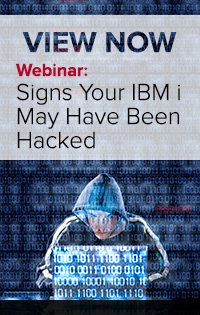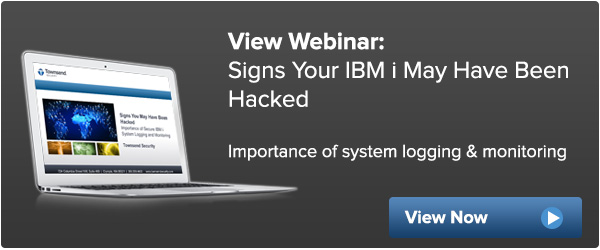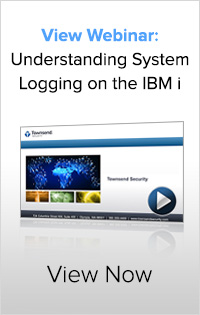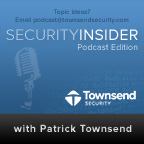Our Top Five Blogs of 2013

As we start off 2014, take a look back at five of our most popular blogs from the past year. Great topics, great content… and more to come!
MySQL and Encryption Key Management - 3 Ways Alliance Key Manager Encrypts MySQL Database and Protects Encryption Keys
Summary: With a strong encryption key management solution you can encrypt data in a number of ways in MySQL databases to meet compliance regulations for proper encryption key management. MySQL is the most popular open source relational database system and is in wide use in commercial and non-commercial environments. It is natural that developers and security professionals want to know how to encrypt sensitive information stored in MySQL databases.
Download: eBook – Encryption Key Management Simplified
 AES vs PGP: What is the Difference?
AES vs PGP: What is the Difference?
Summary: AES is a symmetric key encryption algorithm, which essentially means that the same key is used for the encryption and decryption of the data. PGP uses symmetric and asymmetric keys to encrypt data being transferred across networks. The encryption PGP offers is just as strong as that of AES, but it adds the additional security that prevents anyone with just the public key from being able to decrypt data that was previously encrypted with it. AES is fast and works best in closed systems and large databases; PGP should be used when sharing information across an open network, but it can be slower and works better for individual files.
Download: Webinar – 4 solutions for Data Privacy Compliance
 Understanding Log Management on the IBM i
Understanding Log Management on the IBM i
Summary: System logging is important across all operating systems… Because the IBM i system can handle multiple applications, it doesn’t log information like others do. The IBM i collects logs simultaneously from multiple sources and deal with large volumes: Up to 3,500 events per second…250 Million of events per day! The essence of good reporting is externalizing the systems logs and collecting them in a central repository which helps remove the risk of tampering. Compliance regulations recognize the need to watch all users – including the most powerful users, because network originated threats to the IBM i are often not noticed or quickly responded to by IT security professionals without close monitoring of system logs.
Download: Webinar – Understanding System Logging on the IBM i
 Why Partner With Townsend Security? What To Look for in a Strong Technology Partner
Why Partner With Townsend Security? What To Look for in a Strong Technology Partner
Summary: Businesses only want to partner with a technology company that has a good reputation. Mark Foege (Business Development Consultant and Principal at the Colvos Group) recounted, “...and that’s why they were excited to partner with Townsend Security. We realize that everything we do impacts the reputation of our partners. That’s why it’s important to us to provide solid, high value products, to make sure we are offering consistently first class support, and we work with our partners to make sure that their customers are completely delighted." Watch the YouTube Video with Townsend Security CEO Patrick Townsend and Mark Foege, they outline the importance of building strong technology partnerships for success, and what to look for in a partner.
 What is Encryption Key Management?
What is Encryption Key Management?
Key Lifecycle & Rotation Explained
Summary: Encryption key management refers to the ability of a system to administer an encryption key through the length of its crypto-cycle. From the creation of a key, through it’s use, and eventually to its deletion, an encryption key management system needs to be able to securely and efficiently handle the encryption keys.
Download: eBook - Encryption Key Management Simplified
Do you have topics you want to learn more about? Let us know by leaving a comment here, we will get back to you with an answer... and probably blog about it too!










